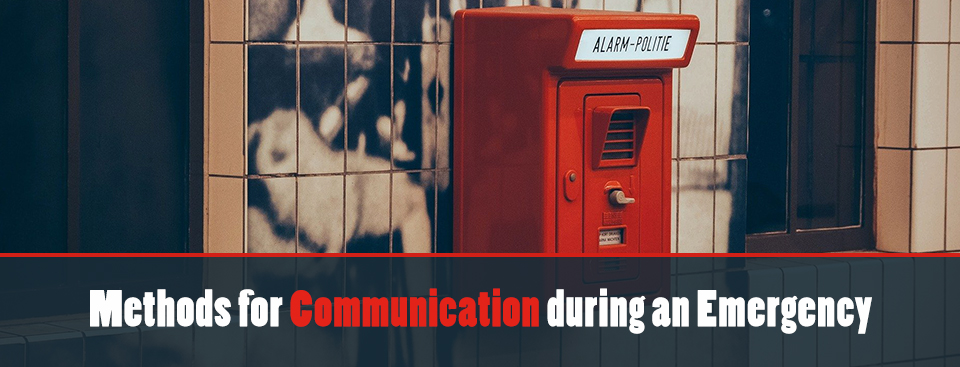The whole world is in the midst of a Pandemic and we all wish to overcome from it soon. We have seen in our previous blogs about the virus and what precautionary measures should we take against COVID19. In such conditions, let’s know something about Disaster communications system also known as an emergency communication system.
Communication is must and above that, it also needs to be correct and effective. This is an integral component of response and recovery in times of emergency and even after that when connecting affected people, families and communities with first respondents, support providers, and other members of the community. Reliable, accessible communications and information systems are also vital to society’s stability. Communications technology plays a very integral part of disaster management systems. In disaster management, accurate and timely compilation and sharing of information from a variety of sources contribute to more efficient managerial decision-making.
Importance role of Telecommunications:
Before disasters occur, telecommunications can also be used as a medium to disseminate information about the imminent risk, allowing citizens to take requisite measures to minimize the effect of such hazards.
Telecommunication applications like GPS, remote sensing play a vital role in tracking threats, alerting officials, warning affected ones. There are many calamities like floods, storms, cyclone, tsunami, fire etc where the mobile or internet sources might not work. Here is where the population as a whole must be well secured and the police or disaster-management organizations must provide direct and immediate security.
This also states that the authorities should be equipped with the best equipment that could help them convey the situation they are in and the status of the disaster in the area for which they operate.
Role of Technologies:
Social Media – allows users located within a certain distance of the occurrence of a natural disaster to log in and tell friends whether they are safe and to test if their loved ones have also checked their health. These days we all are active on social media and are clearly aware of the way to spread correct information in an effective manner.
Mobile Application – There are various applications that provide access to the location of a particular user and also include a messaging service feature. Automatic updates can also alert the user when a loved one arrives or checks-in at different destinations. Just remember not to discount messages and e-mail as a form of communication. A text message or an e-mail always reaches a person even if you cant contact them through call.
Remote sensing– To communicate in remote areas is the most challenging part. Satellite connectivity provides an area coverage service nationally and internationally using one or more satellites. By orbiting the earth just a few hundred kilometers away, Low Earth Orbit (LEO) satellites provide remote sensing facilities.
Satellite Radios – They have a vital role in disaster communication services. Radios keep us in close contact with our loved ones who live miles away. The moment an incident happens to someone near us we are instantly informed.
Some aspects should be given more attention
Be clear on what is or isn’t known about the threat if possible.
Avoid conveying a sense of ambiguity whether in terms of content or speech.
Confine the message to what’s known, or explain what’s unknown in certain terms if necessary. Do not guess, or assume.
Remember you do not omit the necessary information.
There are various ways these days which help in the Emergency communications system. However, This information inflow needs to be analyzed, assimilated, assessed and prioritized to ensure prompt and efficient management response and recovery decisions are made. Everything does not only depend on good connectivity, but it also requires a collective effort from public and private sectors to invent new methods and saves lives during an emergency.




